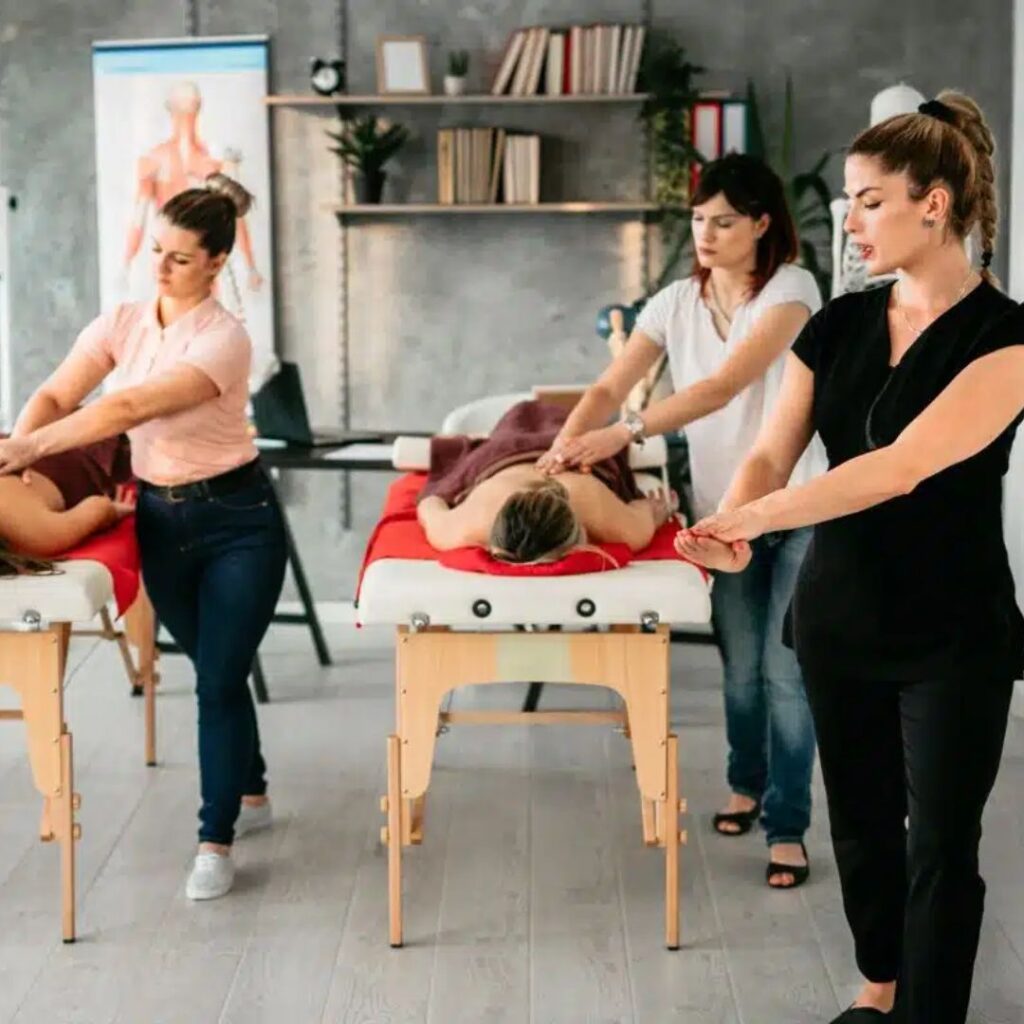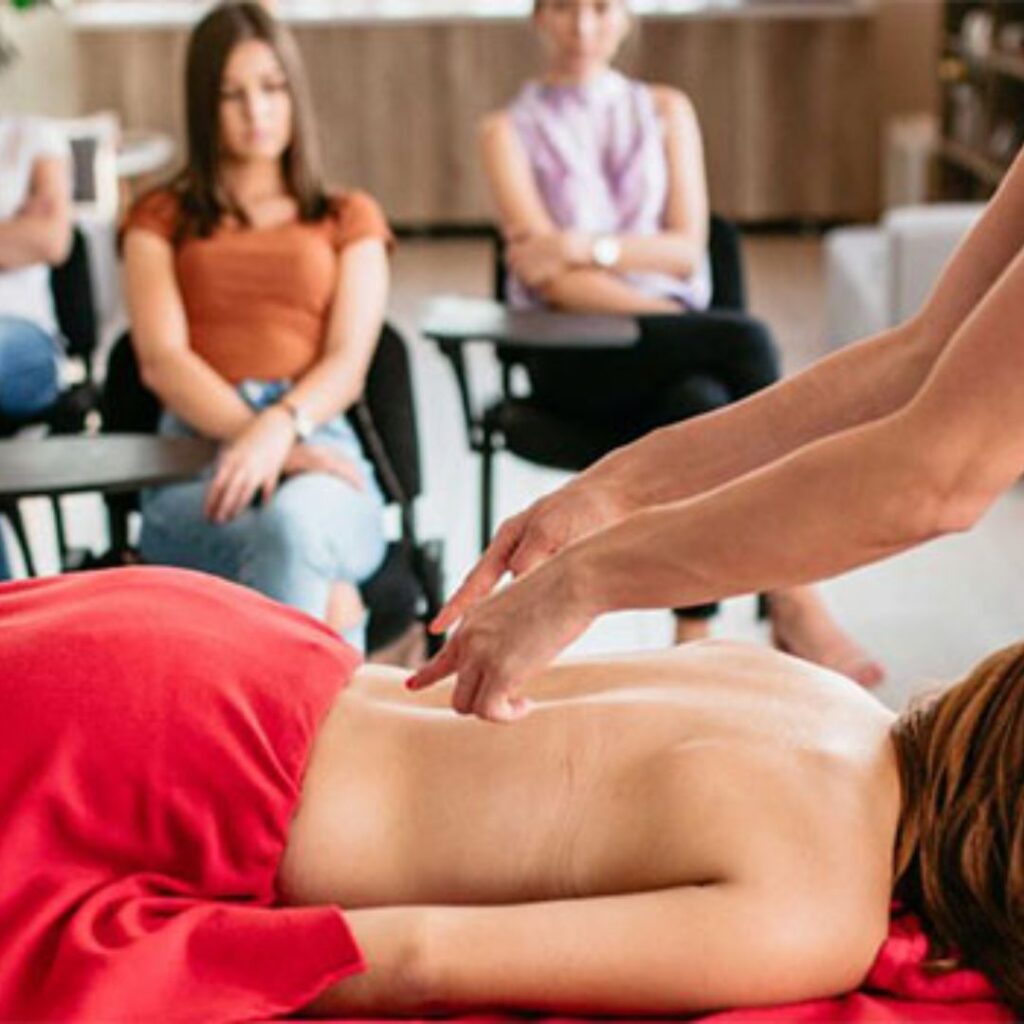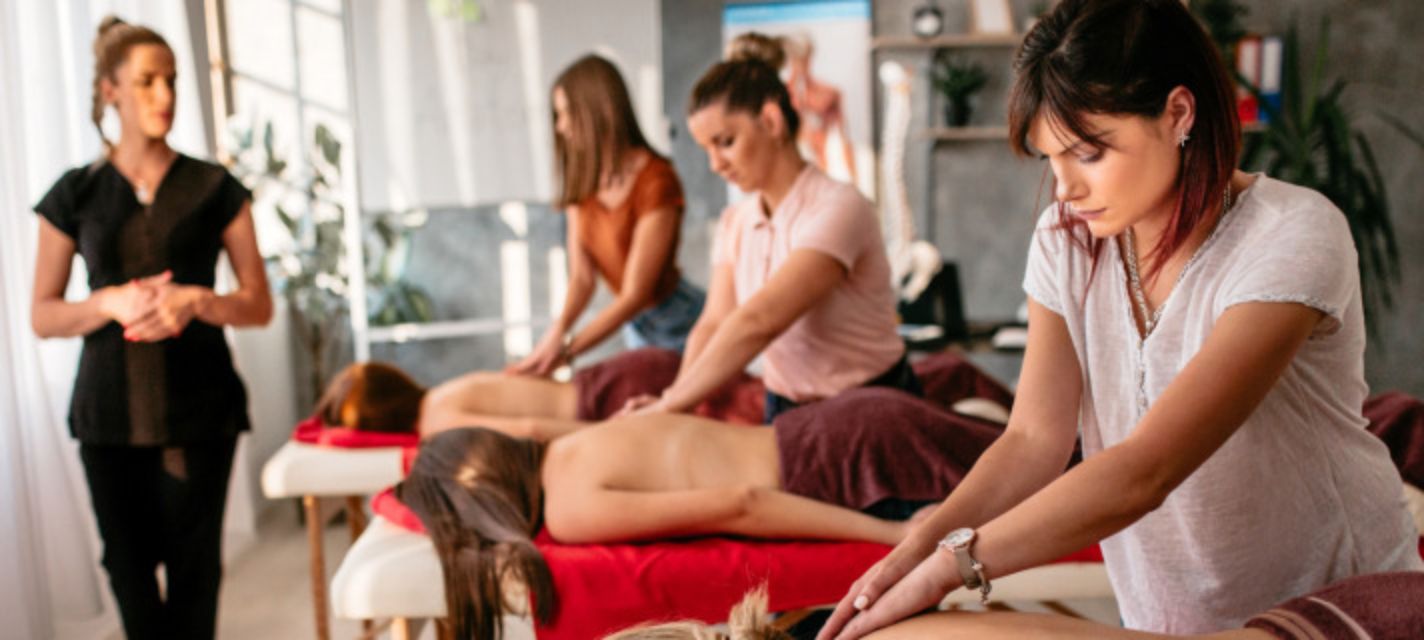For aspiring massage therapists, studying at Nuad Thai School in Thailand provides a unique and immersive experience, combining hands-on training with a deep understanding of traditional Thai healing. Each day is packed with practice, theory, and moments of reflection that help students master this ancient art. Here’s what a typical day at Nuad Thai School looks like for a student committed to learning the techniques and philosophies of Thai massage.
1. Morning Ritual: Mindfulness and Preparation
The day at Nuad Thai School often begins with mindfulness practices to help students center themselves. Before diving into physical work, students gather for a brief meditation session, which is an essential part of Thai massage training. This time allows students to focus, breathe deeply, and prepare mentally for the day ahead. By practicing mindfulness, students are reminded of the importance of being present with clients, which is essential for becoming a skilled massage therapist.
After meditation, students change into comfortable, traditional uniforms, ready to move freely as they practice techniques. The atmosphere is calm yet focused, setting the tone for a productive day of learning and practice.
2. Theory and Technique Class
Mornings are dedicated to learning the theory behind Thai massage. Instructors cover various aspects, from understanding the Sen energy lines to learning about muscle anatomy and pressure points. Students learn how these energy lines influence well-being and how each movement can impact specific areas of the body. This theoretical foundation is crucial, giving students a deep appreciation for the connection between physical and energetic healing in Thai massage.
Instructors often use visual aids, anatomy models, and demonstrations to enhance understanding. Students take notes, ask questions, and discuss the purpose of each movement, gaining the insights they need to apply these techniques effectively. This classroom learning is interspersed with short breaks, allowing students to refresh and prepare for the intensive practical sessions.

3. Hands-On Practice: Partner Exercises
After the theory class, students move into hands-on practice. Partner exercises are a significant part of training, allowing students to practice newly learned techniques with their peers. Instructors guide them through each movement step-by-step, emphasizing proper body mechanics, pressure application, and positioning. The focus here is on precision, flow, and rhythm, as students learn to synchronize their movements for maximum therapeutic effect.
Under the watchful eye of experienced instructors, students give and receive massages, helping them understand the sensations their clients will feel. Constructive feedback is provided continuously, with instructors encouraging students to refine their skills while maintaining a gentle, respectful approach.
4. Lunch Break and Cultural Immersion
Lunch provides a welcome pause in the day’s activities, allowing students to socialize, discuss their learning, and relax. The school often offers delicious Thai dishes, letting students experience the local cuisine. This meal break is also a time to learn more about Thai culture, as students often share stories and insights about Thai traditions and how they relate to healing practices.
5. Afternoon Advanced Techniques and Special Topics
The afternoon session is dedicated to advanced techniques and special topics in Thai massage, such as herbal compresses, acupressure points, and assisted stretching. This is where students get to dive deeper into specific treatments, like back pain relief, shoulder tension release, or headache alleviation techniques. Learning these advanced skills gives students a well-rounded foundation, allowing them to address various client needs.
Herbal compress therapy, or Luk Pra Kob, is one of the highlights of afternoon classes. Students learn how to prepare compresses with traditional herbs like turmeric, ginger, and lemongrass, which are believed to aid in relaxation and pain relief. The process of heating and applying these compresses adds another dimension to their training, enhancing their ability to deliver a holistic healing experience.
6. Peer Reflection and Feedback
Toward the end of the day, students gather to reflect on their progress, share experiences, and give each other feedback. This group discussion is invaluable, as it allows students to recognize their strengths, identify areas for improvement, and celebrate each other’s growth. Instructors provide additional insights and answer any lingering questions, fostering a supportive learning environment where students feel empowered to continuously improve.

7. Evening Self-Practice and Relaxation
The day often concludes with personal practice or relaxation. Some students choose to review techniques on their own, while others unwind in meditation or stretches to relax the body after an intensive day. This time is also an opportunity to process what they’ve learned and set personal goals for the following day.
Conclusion
A day in the life of a student at Nuad Thai School is more than just learning massage techniques. It’s an immersive journey into Thai culture, an exploration of ancient healing philosophies, and a training ground for skills that will carry them into a meaningful career. Through mindfulness, rigorous practice, and cultural immersion, students gain both technical expertise and a compassionate approach to wellness, preparing them to bring the healing art of Thai massage to clients worldwide.

